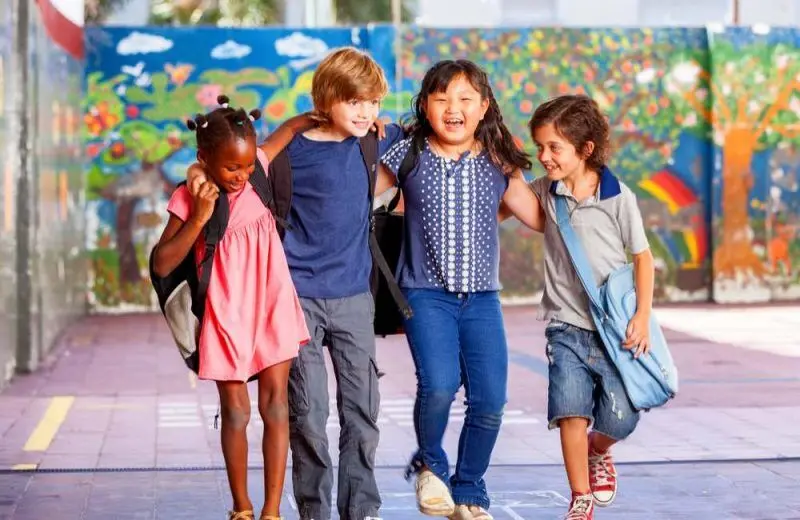Insights from the School of Education and Social Policy at Merrimack College
Children learn ideas about social justice early, especially at school. Some pick up concepts that help them better understand how a fair and just world works. Others may learn ideas that hinder gender, racial, and social equality. Teachers can guide students as they learn about social justice in these important early school years. Modern graduate degree programs prepare teachers for this role. They offer knowledge on how teachers can weave social justice into both class discussions and course curriculum.
Modern Social Justice in the Classroom
Social justice has become a larger issue in recent years, including topics on social justice in the workplace. A generation has grown up with instant access to information on any culture, both current and past. Global communications allow people to speak across old political borders. Incidents of economic and social disparity are easier than ever to spot.
This is all good. But classrooms remain one of the chief places students air and hear new ideas. Schools want teachers to be prepared to handle social justice topics. If properly trained, teachers have the chance to help students understand the diverse nature of the world and their place in it.
The best master degree programs with a concentration on curriculum and instruction incorporate social justice. That’s because of its importance in the modern classroom.
Social Justice for Teachers
Learning about social justice at a young age prepares children to be informed, young adults. Teachers play a central role, helping children understand and accept people from diverse ethnic and religious backgrounds, as well as those with disabilities. There’s a practical side, as well. Social justice knowledge helps students better tackle real-world problems by looking at them from multiple viewpoints.
But social justice is more than just a single subject to be taught. It’s a concept that should infuse almost every academic subject. Over time, students learn to look at current and historical events – even their own actions – through the lens of social justice. They spot discrimination and inequality. All this leads to better decision-making as adults.
Opponents say social justice enforces a standard of ideas for what is fair or not fair. Advocates argue that while there is an ongoing debate about what constitutes social justice, there’s no debate about what is not social justice. Students do well to know about this in both historical and contemporary contexts.
Social Justice in a Master’s Program
Merrimack College weaves social justice in the classroom into the overall framework of the school’s Master of Education in Curriculum and Design program. Merrimack has a long tradition of advocating social justice. The college offers graduate students coursework that “emphasizes social justice and the role that education plays in a democratic, pluralistic, and complex society.”
The Diversity and Social Justice course examines power and privilege in diverse populations. Students explore contemporary and historical examples of oppression. Students also examine their own prejudices and biases. The program offers classes on critical issues involving students with disabilities. It also gives students the chance to analyze various research topics in education.
Teachers today need to know how to include social justice in the classroom and curriculum. It’s a topic that will only increase in importance in the coming years.
